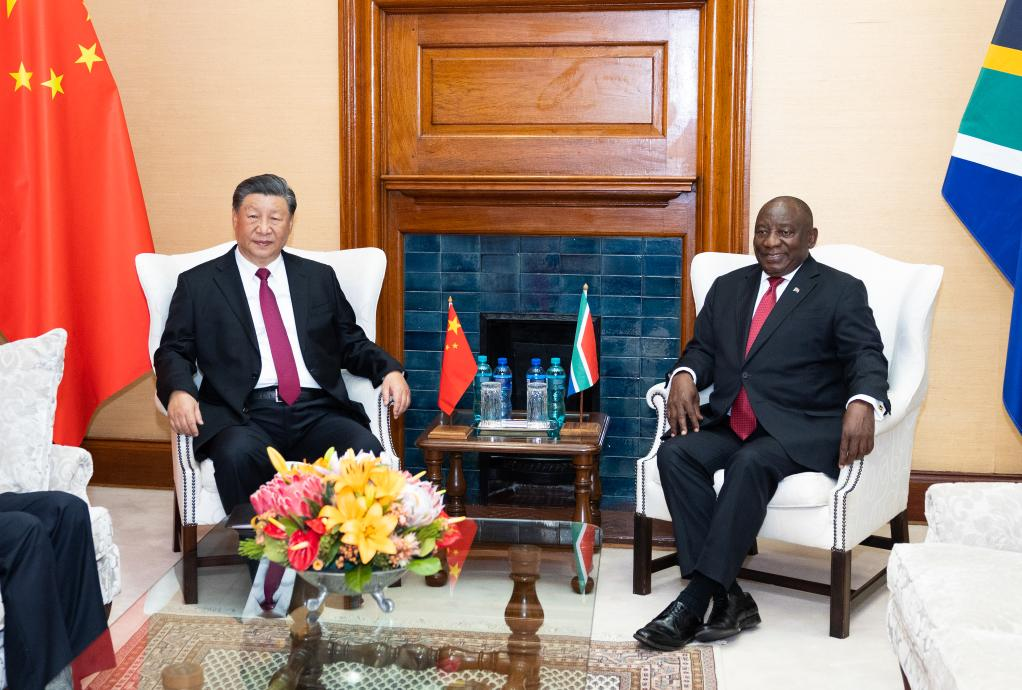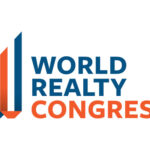China’s flagship economic cooperation programme is bouncing back after a lull during the global pandemic, with Africa a primary focus, according to lending, investment and trade data. Chinese leaders have been citing the billions of dollars committed to new construction projects and record two-way trade as evidence of their commitment to assist with the continent’s modernisation and foster “win-win” cooperation.
But figures reveal a more complex relationship, one that is still largely extractive and has so far failed to live up to some of Beijing’s rhetoric about the Belt and Road Initiative, President Xi Jinping’s strategy to build an infrastructure network connecting China to the world.
While new Chinese investment in Africa increased 114% last year, according to the Griffith Asia Institute at Australia’s Griffith University, it was heavily focused on minerals essential to the global energy transition and China’s plans to revive its own flagging economy. Those minerals and oil also dominated trade. As efforts falter to boost other imports from Africa, including agricultural products and manufactured goods, the continent’s trade deficit with China has ballooned.
A Symbiotic Relationship
Chinese sovereign lending, once the main source of financing for Africa’s infrastructure, is at its lowest level in two decades. And public-private partnerships (PPPs), which China has touted as its new preferred investment vehicle globally, have yet to gain traction in Africa.
The result is a more one-sided relationship than China says it wants, one that is dominated by imports of Africa’s raw materials and that some analysts argue contains echoes of colonial-era Europe’s economic relations with the continent. “This is something late-19th century Britain would recognise,” said Eric Olander, co-founder of the China-Global South Project website and podcast. China rejects such assertions.
“Africa has the right, capacity and wisdom to develop its external relations and choose its partners,” China’s foreign ministry wrote in response to Reuters’ questions. “China’s practical support for Africa’s path of modernisation in accordance with its own characteristics has been welcomed by an increasing number of African countries.”
China’s engagement in Africa, a focus of the Belt and Road Initiative (BRI), grew rapidly in the two decades before the COVID-19 pandemic. Chinese companies built ports, hydropower plants and railways across the continent, financed mainly through sovereign loans. Annual lending commitments peaked at $28.4 billion in 2016, according to the Global China Initiative at Boston University.
But many projects proved unprofitable. As some governments struggled to repay loans, China cut lending. COVID-19 then pushed it to turn inward, and Chinese construction projects in Africa fell. A rebound in sovereign lending is not expected.
Economically Viable Projects
Policymakers in Beijing have instead been pushing Chinese companies to take equity stakes and operate infrastructure they build for foreign governments. The aim, China analysts say, is to help companies win higher-value contracts and, by giving them skin in the game, ensure the projects are economically viable.
Lending to Special Purpose Vehicles (SPVs), perhaps the most common means of PPP infrastructure investment, has been growing as a proportion of China’s overseas loans, according to figures by AidData, a research centre at USA university William & Mary.
The $668-million Nairobi Expressway, a public-private partnership built and run by the state-owned China Road and Bridge Corporation (CRBC), could be proof of concept for the model in Africa. Since it opened in August 2022, the toll road has been allowing commuters to speed above the Kenyan capital’s notorious traffic snarls, beating revenue and usage targets.
Daily average use in March was already 57,000 vehicles, exceeding a 2049 target of around 55,000 set by CRBC in a 2019 presentation on the project’s economic viability. But few companies are following CRBC’s example in Africa. While globally some 45% of Chinese non-emergency lending was to SPVs from 2018 to 2021, the most recent year for which AidData figures are available, the figure was only 27% for Africa.
Analysts point to a number of likely reasons, including a lack of legal frameworks for PPPs in many African countries and the view among some Chinese companies —many of them relative newcomers to PPPs — that African markets are risky. Whatever Beijing’s declared commitment to African markets, evidence suggests the rebound in Africa has more than just altruistic motives.












